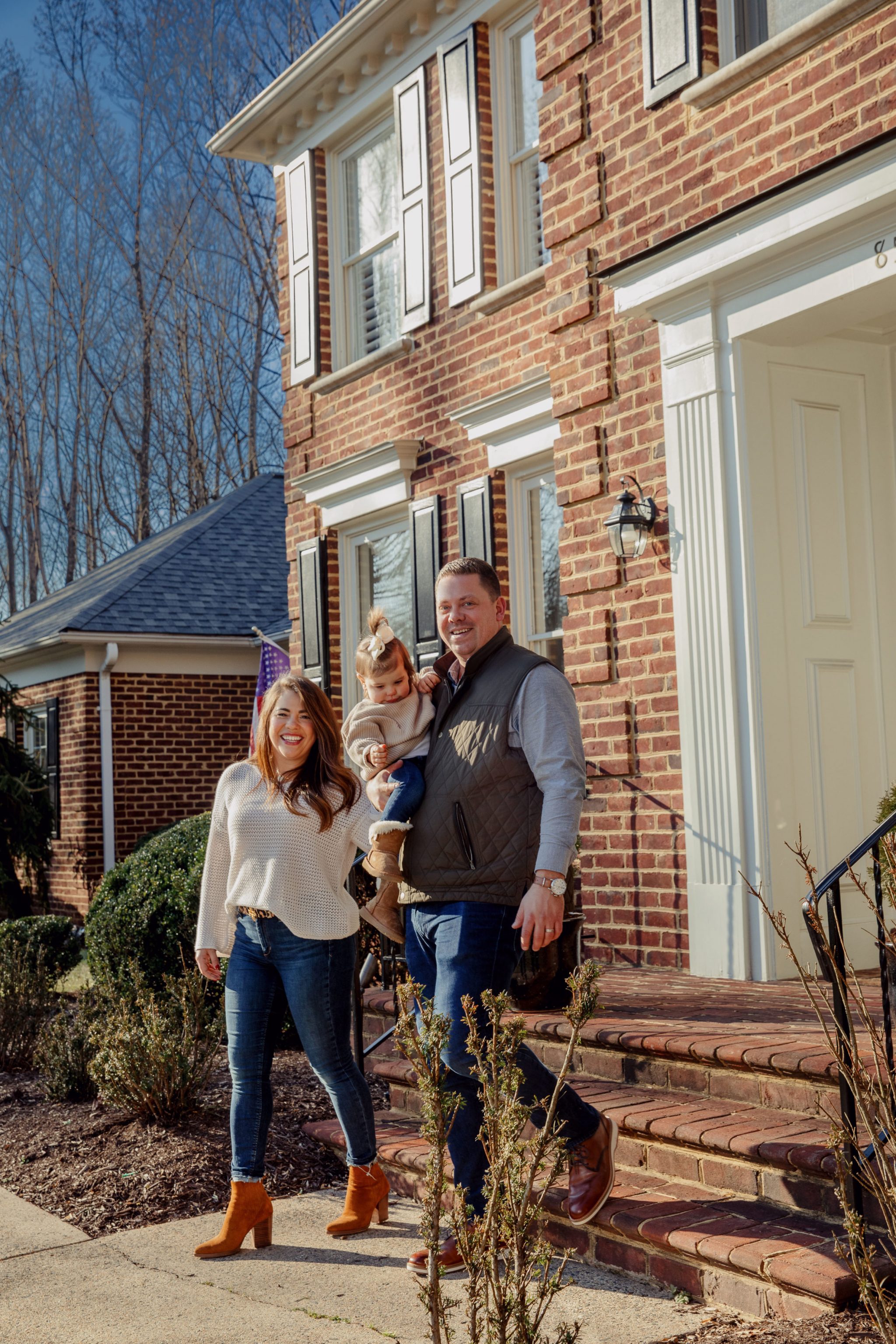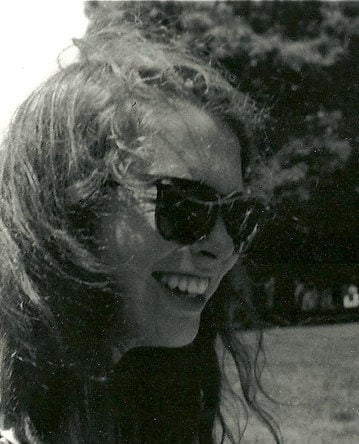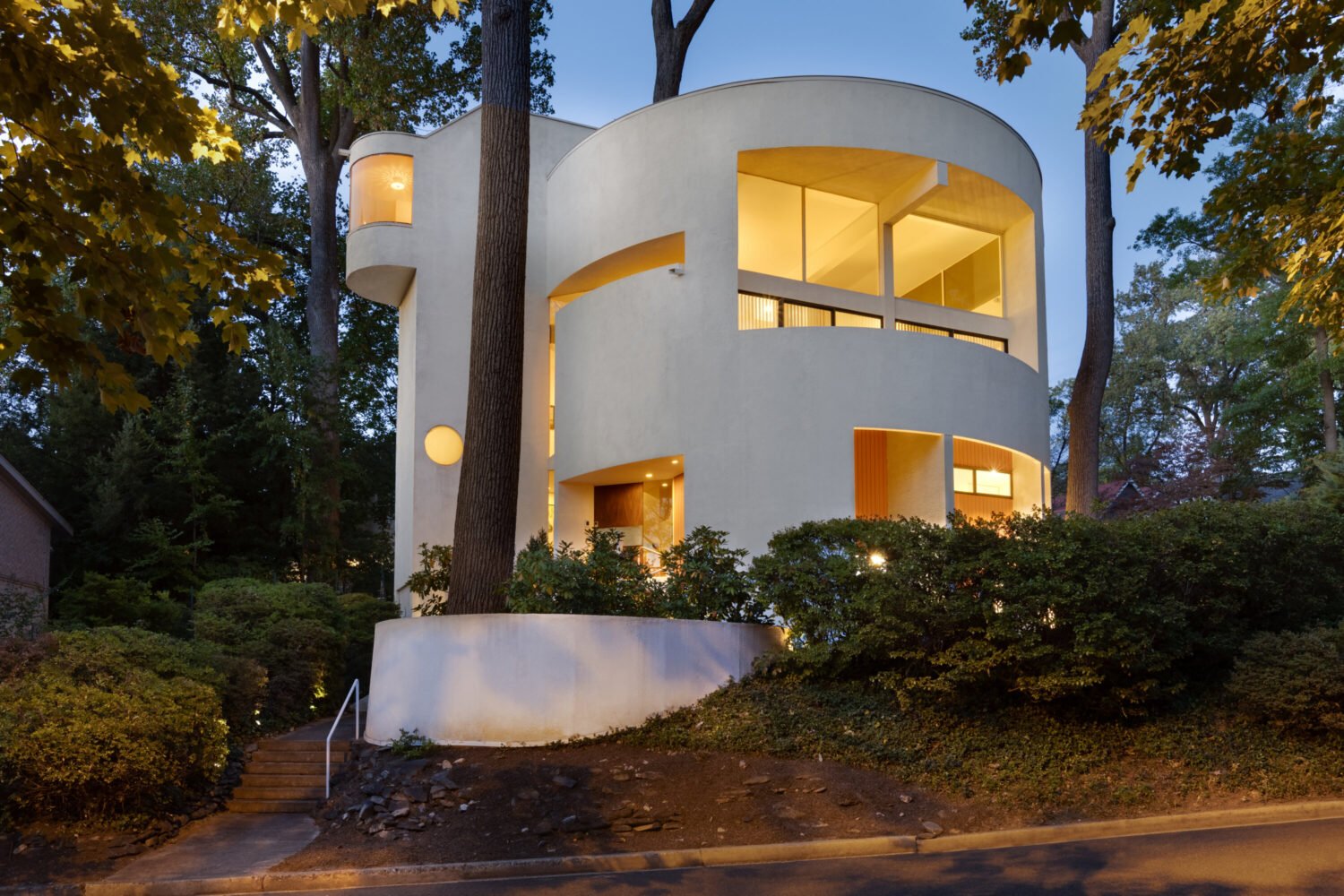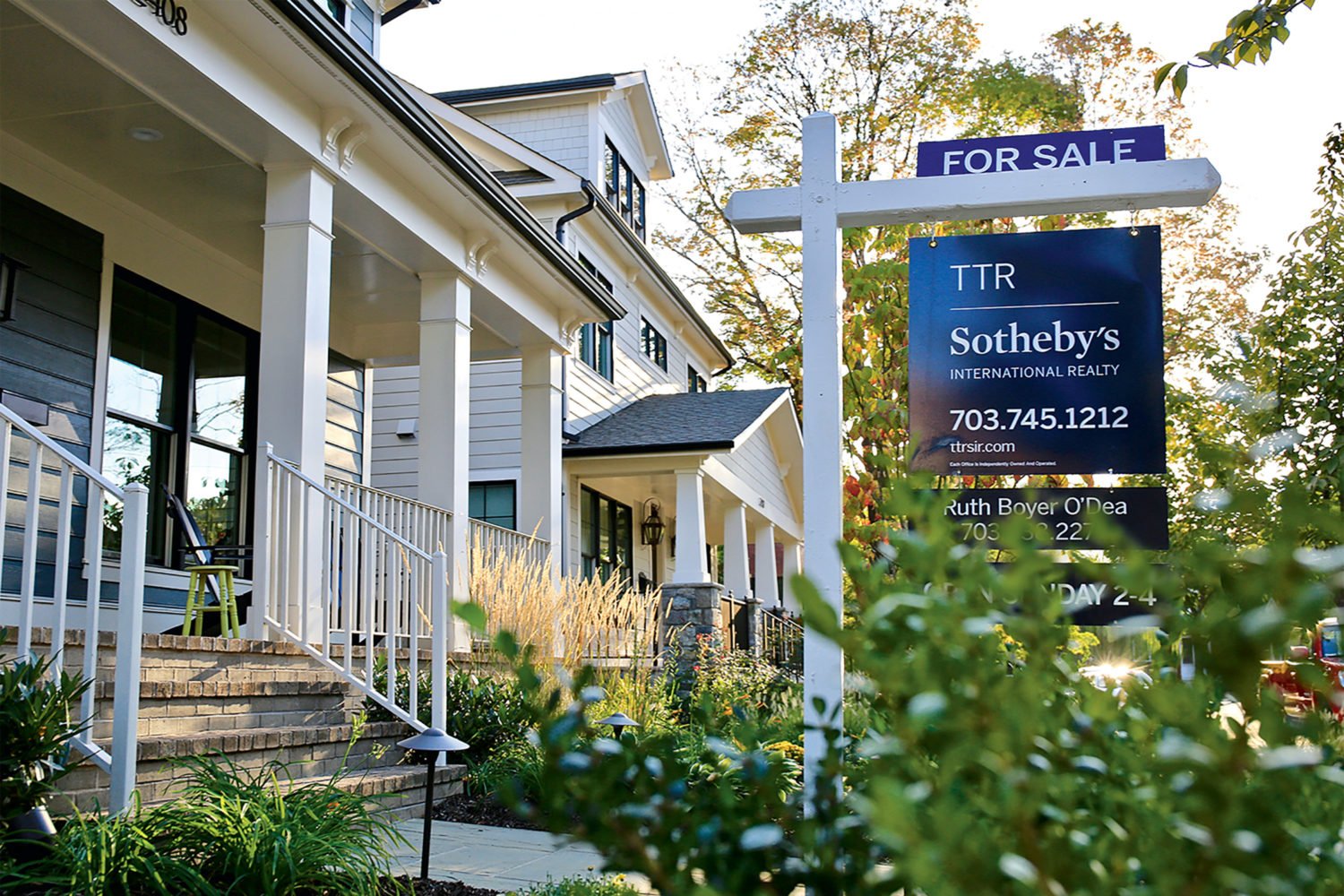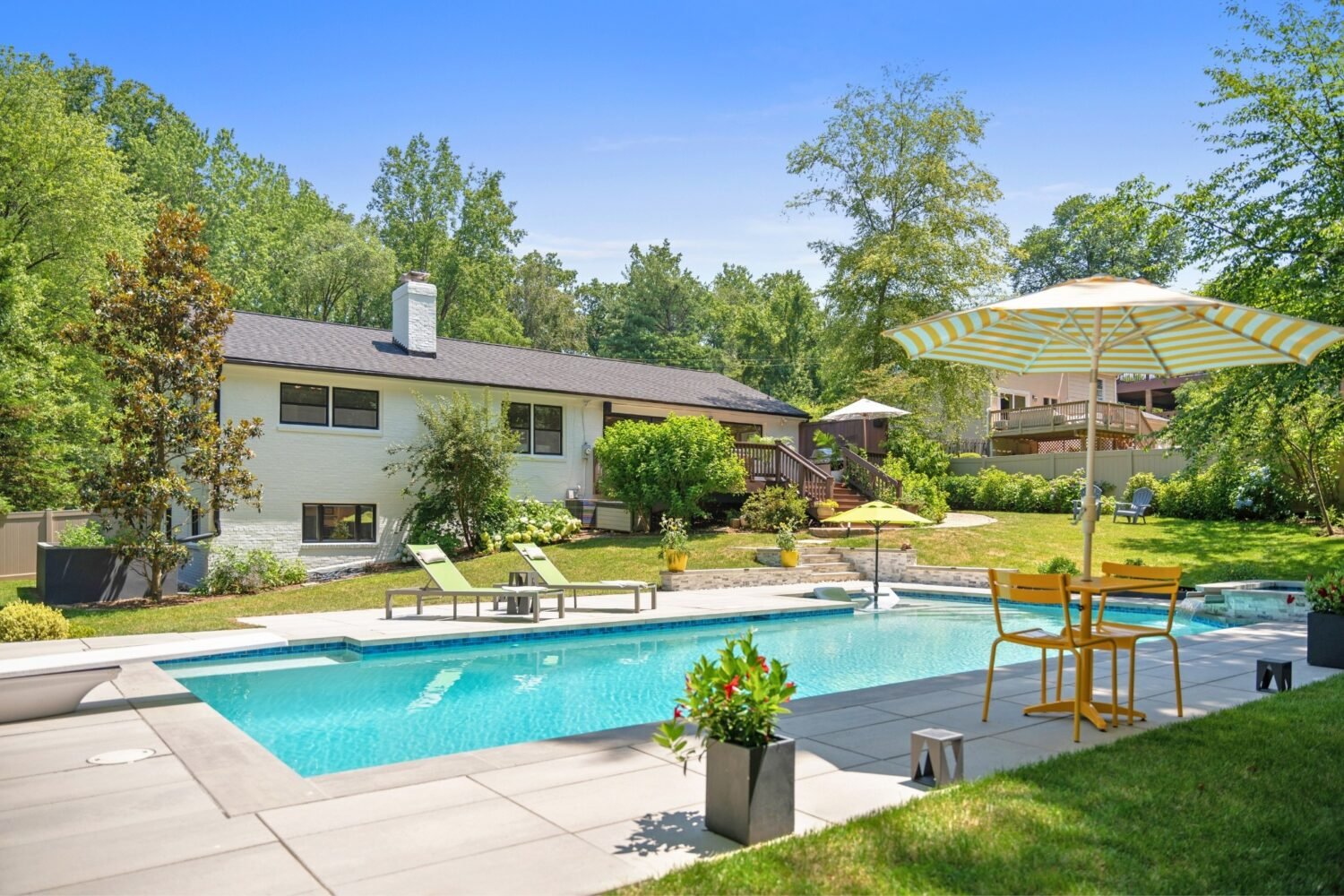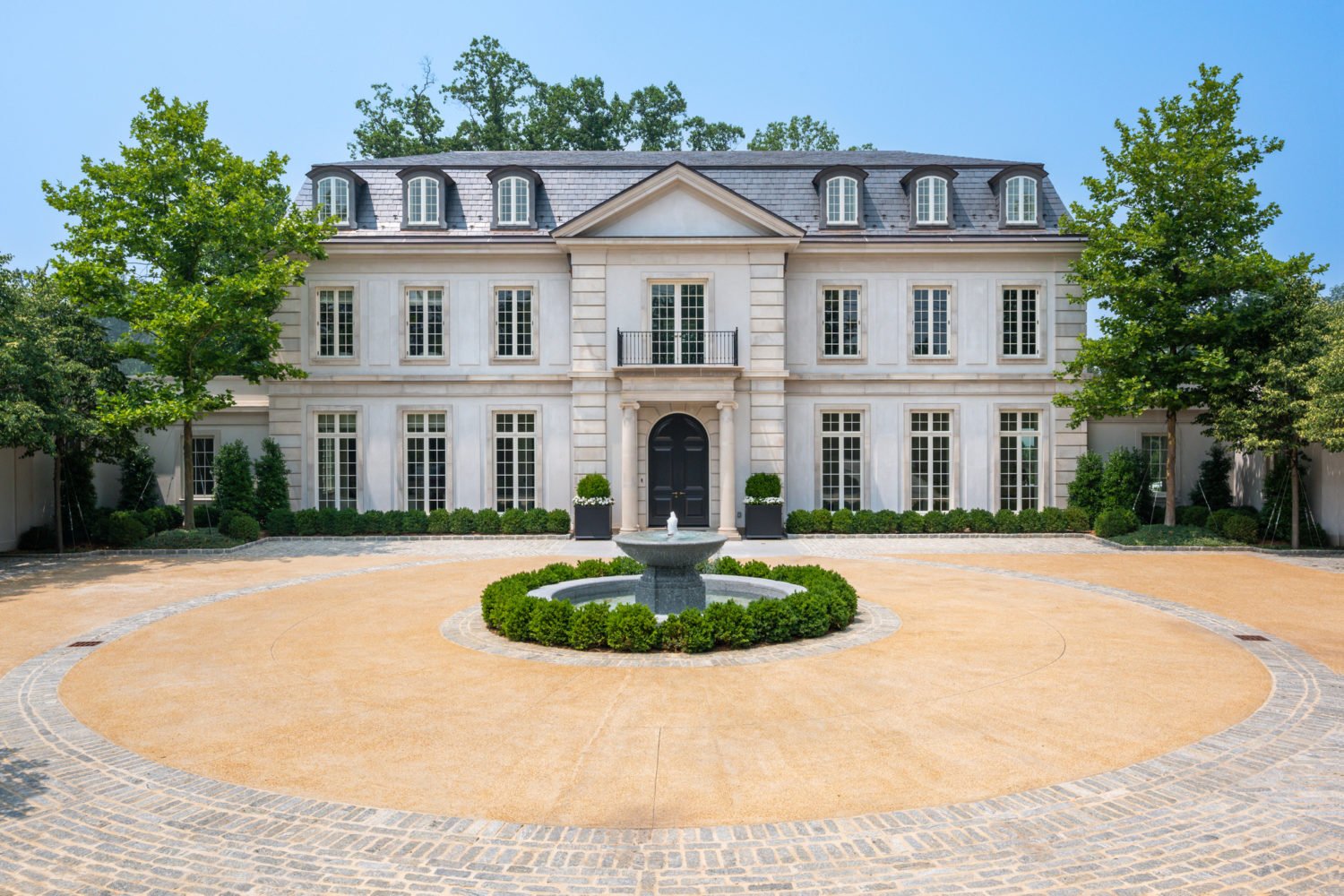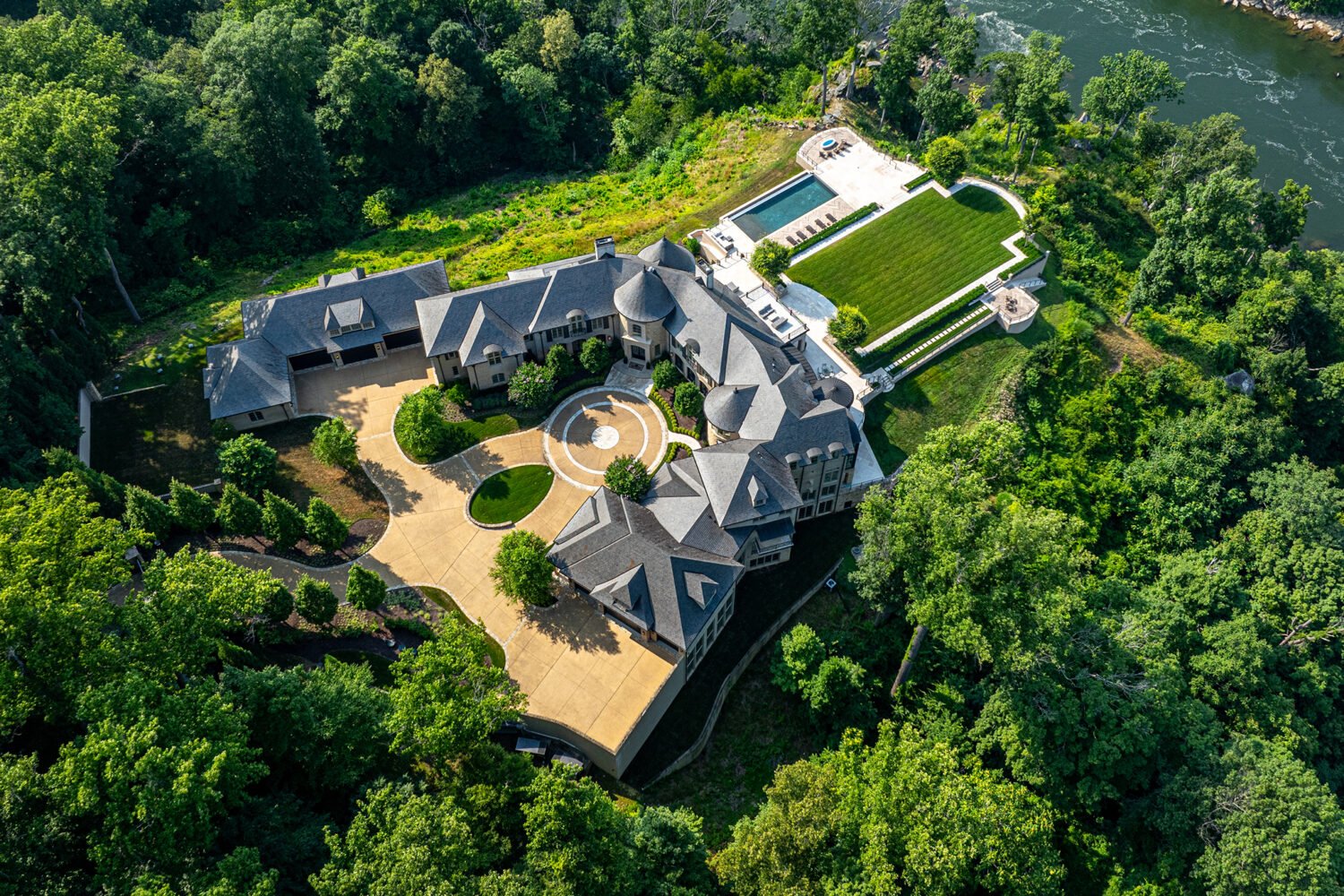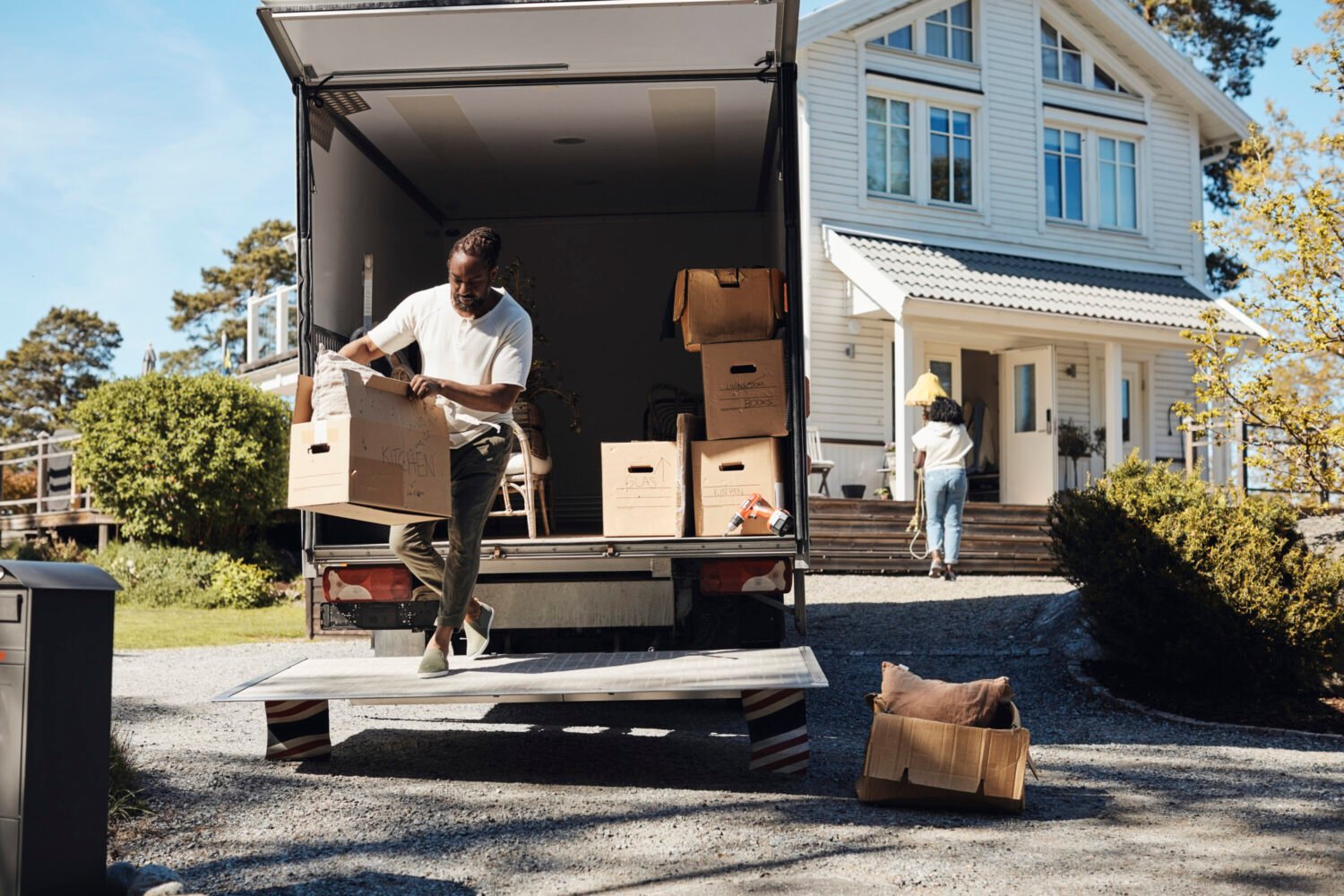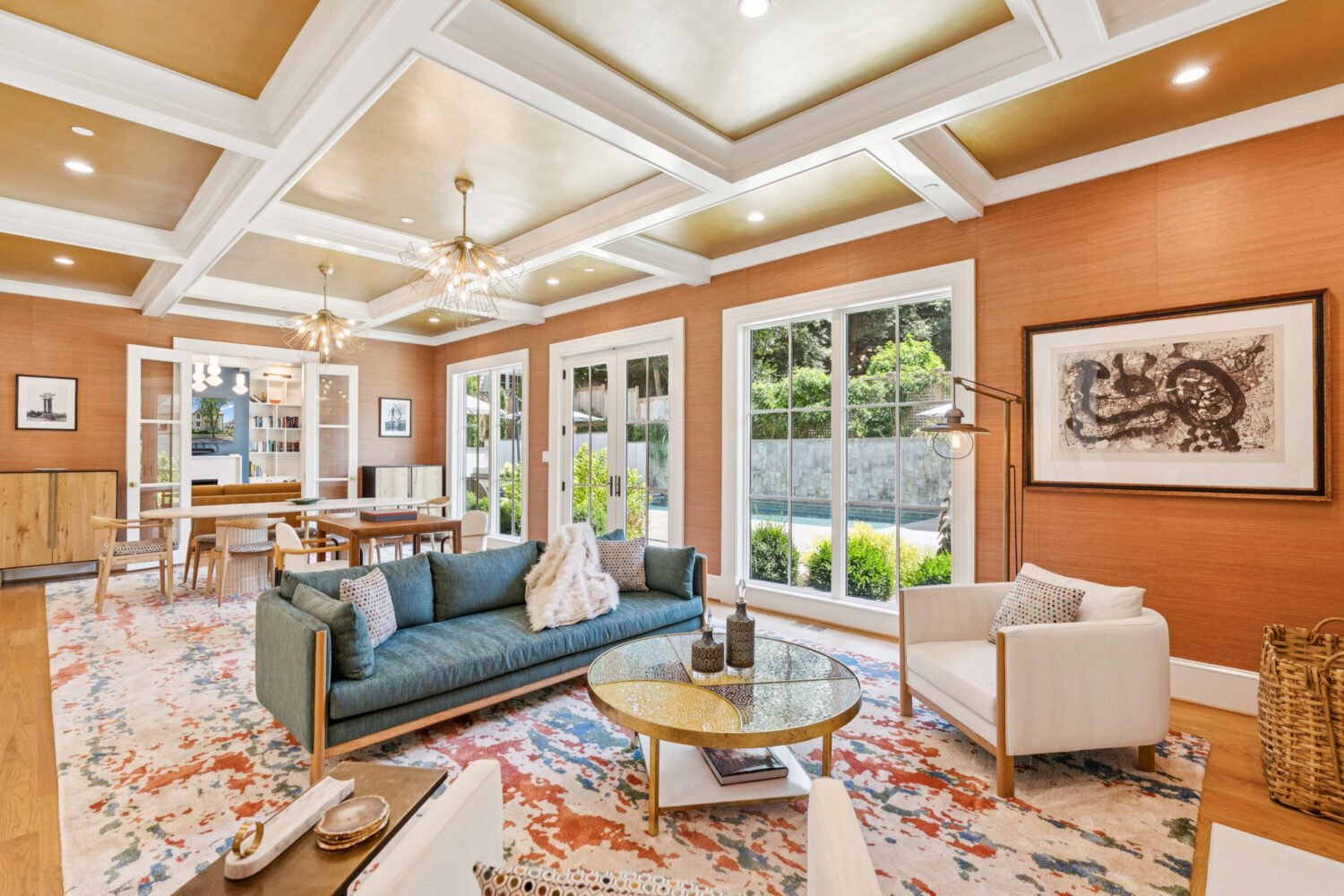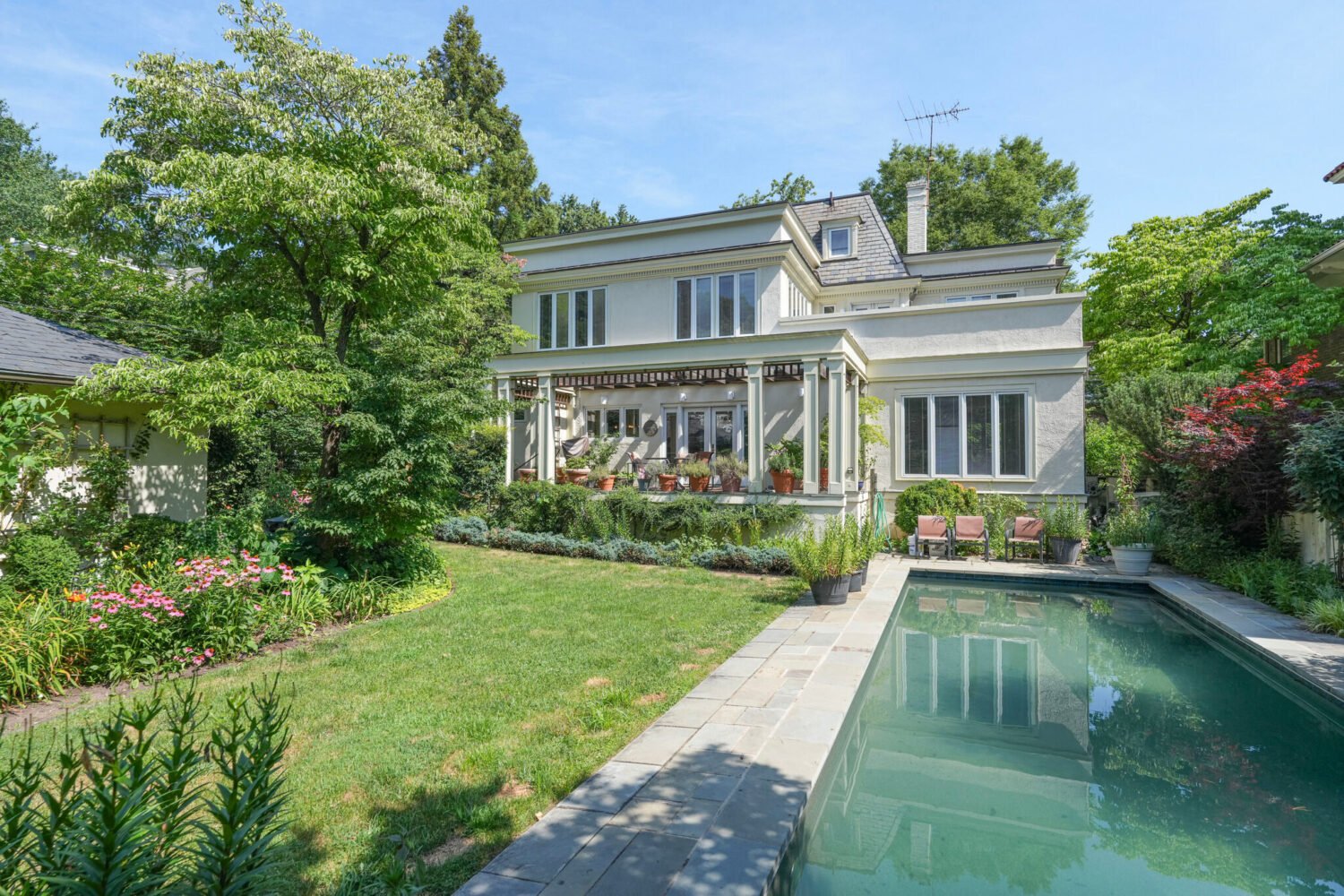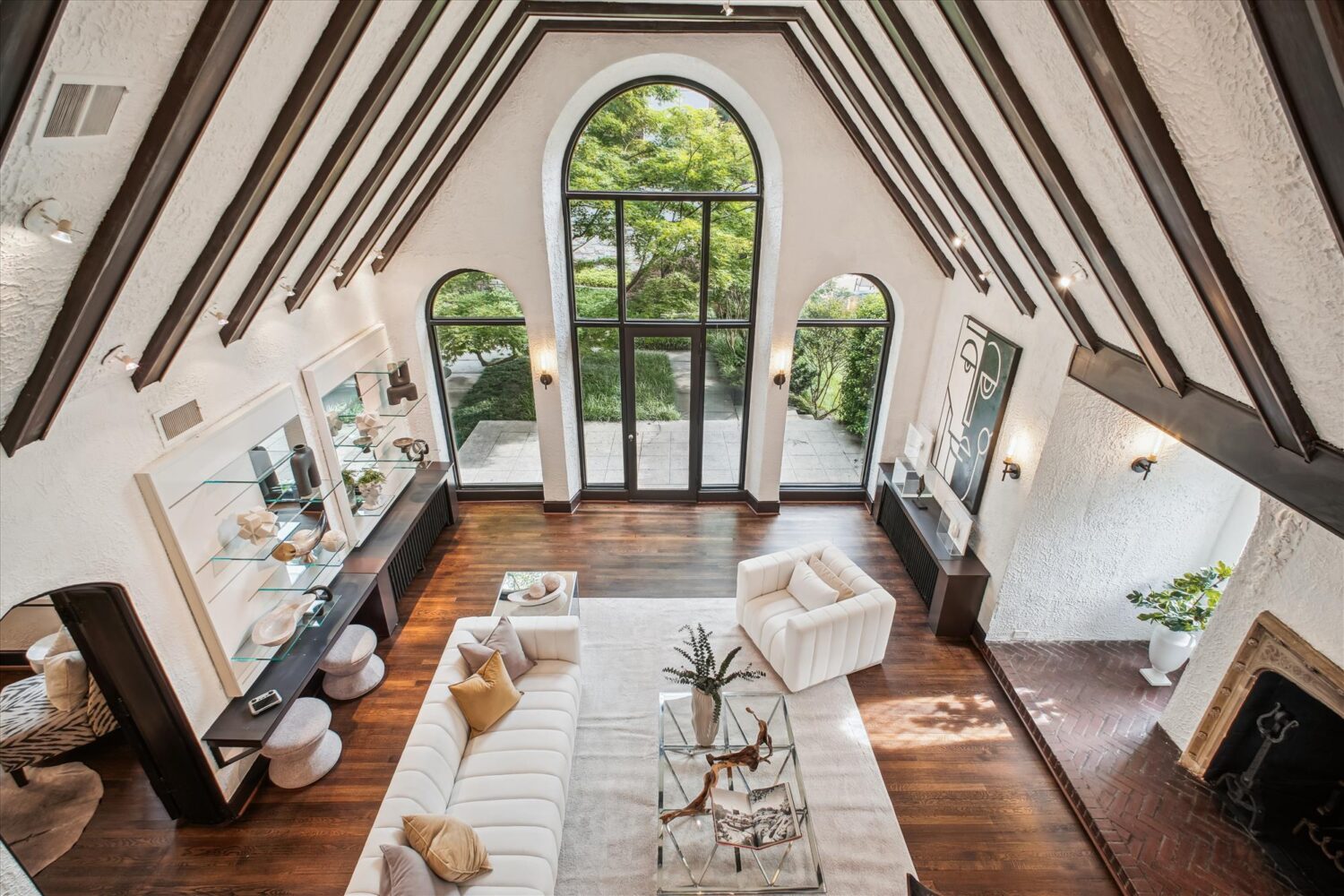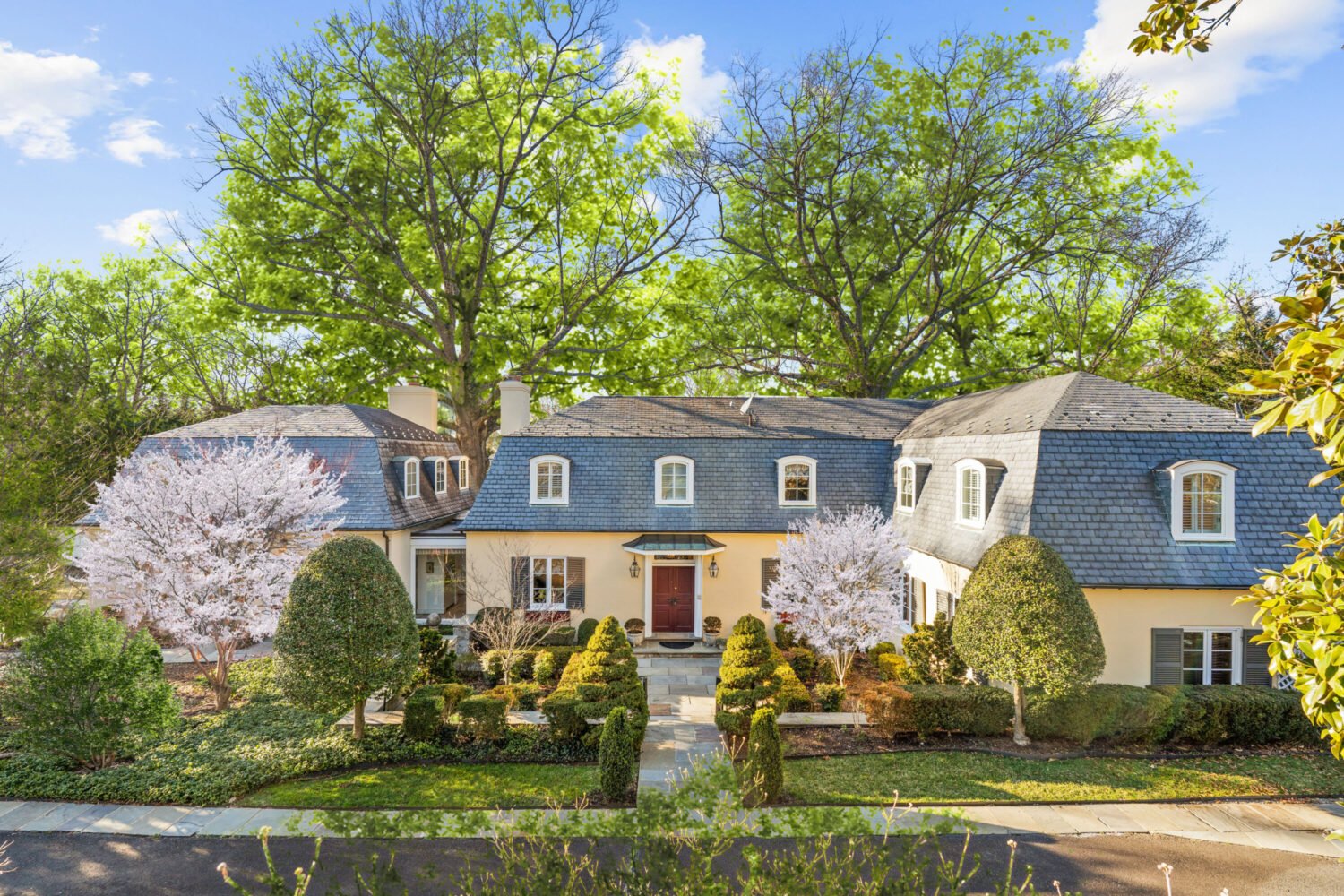As Covid altered what people needed in a home and where they wanted to live, the Washington real estate market went mad. Listings that get dozens of offers, houses selling for hundreds of thousands above asking, and buyers making contingency-free bids sight unseen have all become commonplace. Two years into this extreme housing shuffle seemed like the right time to take stock of which areas have experienced the most growth in price and sales volume. Using data provided by Bright MLS, the region’s multiple-listing service, we compared stats from the first quarter of 2020 (i.e., the beginning of the pandemic) with the fourth quarter of 2021. The Zip codes we profiled were chosen because they reflect a diversity of reasons people have moved during this period.
These areas—the ten most expensive places to buy a home anywhere in Washington—were among the costliest markets even before the pandemic. But several have managed to get much, much pricier.
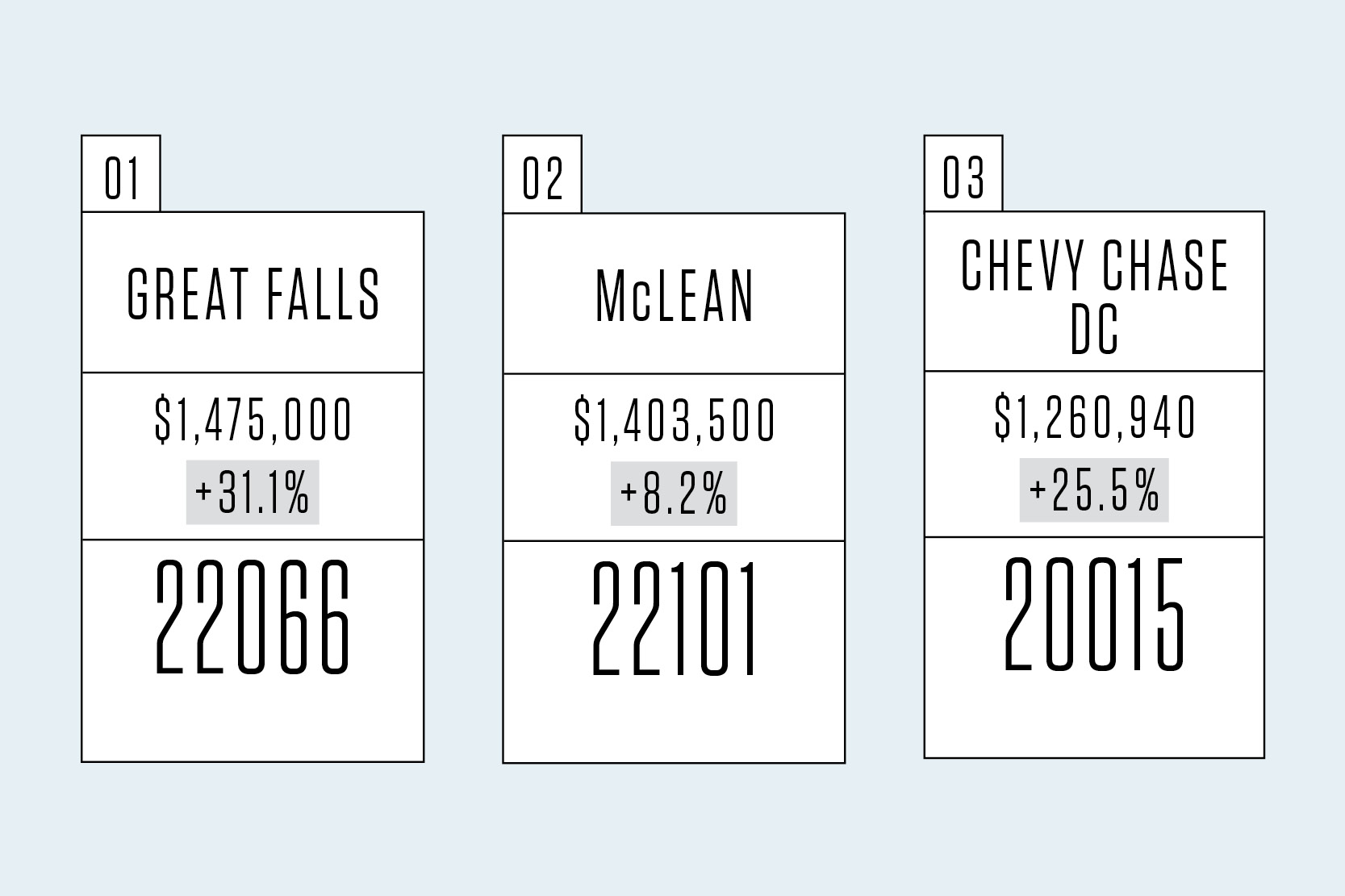
Great Falls | 22066
For much of the 2010s, prices in Great Falls flatlined. Walkable development was in. Car-dependent sprawl was out. The hamlet’s empty-nesters started decamping for condos in places like downtown Bethesda. Meanwhile, families willing to leave DC for Arlington or McLean couldn’t stomach going another 20 minutes farther. Covid changed everything—Great Falls is now the most expensive place to buy a house in the region, and agents say there’s no sign of things slowing. In January, Daan De Raedt, cofounder of the Great Falls–based brokerage Property Collective, wrote an all-cash $1.85-million offer for a client on a house listed for $1.69 million. “We lost to an offer that went to $1.95 million,” he says. “This is a recurring thing. This is not just a one-off.”
Though only about 15 minutes from Tysons and Reston, the bucolic environs and large lots of Great Falls can sometimes feel more rural than suburban. For the dual-income families who once prioritized downtown commutes but now want two home offices plus land, space for the kids, and access to nature, the location is a dream. Kristen and Brian Frazier traded their 1,500-square-foot house in Del Ray for a 4,300-square-footer on two acres in Great Falls last year. (She works in marketing and doesn’t anticipate returning full-time to her DC office; his corporate sales job is entirely remote.) “We live on a wooded lot,” says Kristen. “Everything is green. It’s just generally beautiful.” They have plenty of room for guests, too, so grandparents can now easily come to help with their daughter. Says Kristen of their former life: “We have literally never looked back.”
Chevy Chase DC | 20015
This leafy pocket of upper Northwest has long been a desirable next stop for families with a healthy budget who have outgrown condos and rowhouses closer to downtown. But it wasn’t exactly booming—between 2018 and 2019, the median price of homes sold there ticked up a half percent. Then the pandemic came along and transformed it into one of the hottest DC hoods since 2010s-era Logan Circle. One of the few areas inside city limits dominated by detached houses (with yards!—and quick access to Rock Creek Park!), Chevy Chase DC suddenly checked all the boxes for hordes of downtown denizens sick of sharing walls 24-7. The big problem? While all of Washington is plagued by an extremely low inventory of houses for sale, the issue is particularly acute there. Once people move to Chevy Chase DC, they rarely want to leave. Stephanie Cheng and Erik Huseby, federal employees, moved there in 2007 for a single-family home in a good school district. In 2020, they upgraded to a larger house along with their kids. “This neighborhood has this great residential feel,” says Cheng. “At the same time, we’re close to downtown DC and the zoo. We can walk to Rock Creek Park and Lafayette Park, and to shops like Politics and Prose and to restaurants.” The family is hardly unique. “[Many] of my clients in the neighborhood are buyers who already live there but need more space—but cannot pull themselves away from their beloved community,” says Compass’s Jennifer Knoll. Residents who can’t find a bigger house sometimes stay put and renovate. The main style found in the neighborhood—boxy brick Colonials—happens to be ideal for rear or side additions.
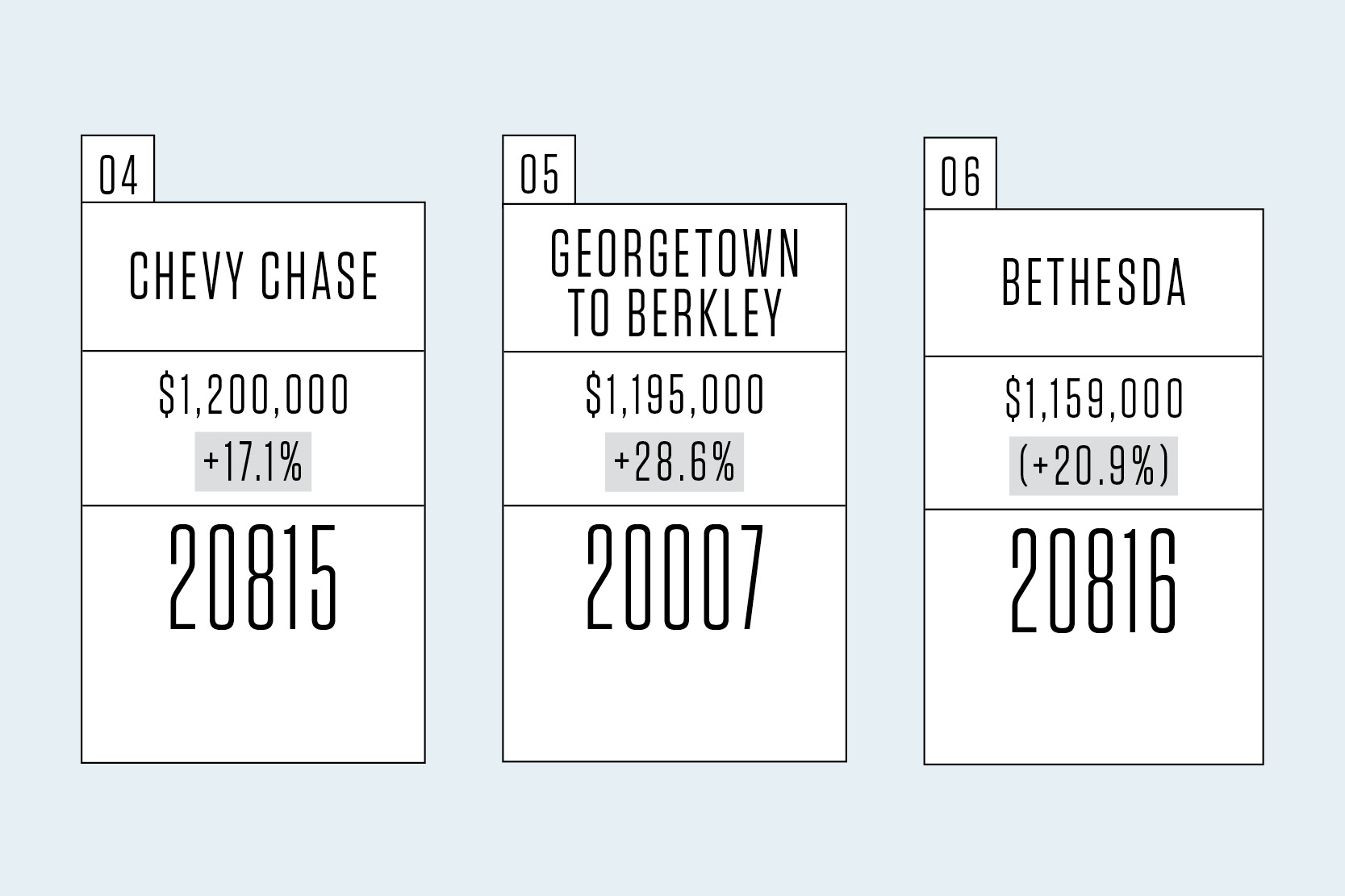
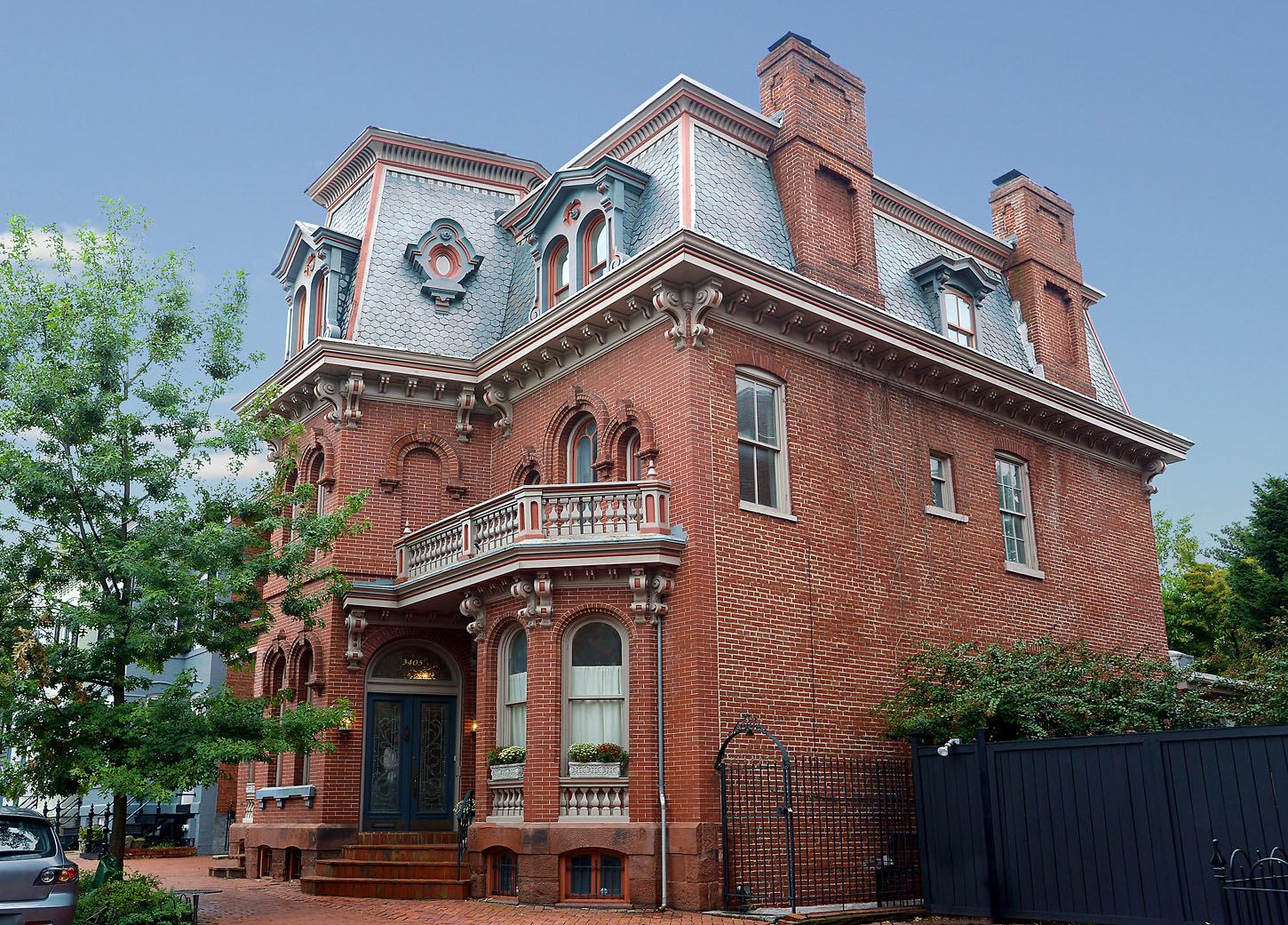
Georgetown to Berkley | 20007
Most famously home to Georgetown, the Zip code also includes Foxhall, Berkley, Burleith, Glover Park, and part of Wesley Heights and the Palisades. The neighborhoods are among the city’s ritziest, but agents say the record-low interest rates of the Covid era lured buyers who might otherwise not have considered them—upping the pressure on their already low inventory. “People went, ‘You know what? I want to move to Georgetown. I can now afford it,’ ” says Jan Evans of TTR Sotheby’s International Realty. She recently listed a three-story, two-bedroom condo there. Within the first two hours of the open house, 103 people trooped through. It had so many private showings on top of that, says Evans, that the lock on the door jammed from overuse. Rowhouses in neighboring Burleith and Glover Park have also drawn outsize interest. Washington Fine Properties agent Jaci Appel listed a Glover Park townhouse last May that got bid up six figures over asking in 48 hours on the market. Working in the Zip code’s favor: One of the main strikes against it—its lack of a Metro stop—is now less important to a lot of buyers. Meanwhile, some of its big draws—proximity to water, parks, and outdoor dining—inched up on people’s wish lists. Head farther north into 20007 and larger single-family houses in places such as Berkley and the Palisades take over. Those areas went nuts during the pandemic for the typical reasons—their homes offer separation from neighbors, lots of outdoor space, and quiet-for-the-city surroundings. Says Evans: “I’ve been doing this for almost 20 years. I’ve never seen a market like this.”
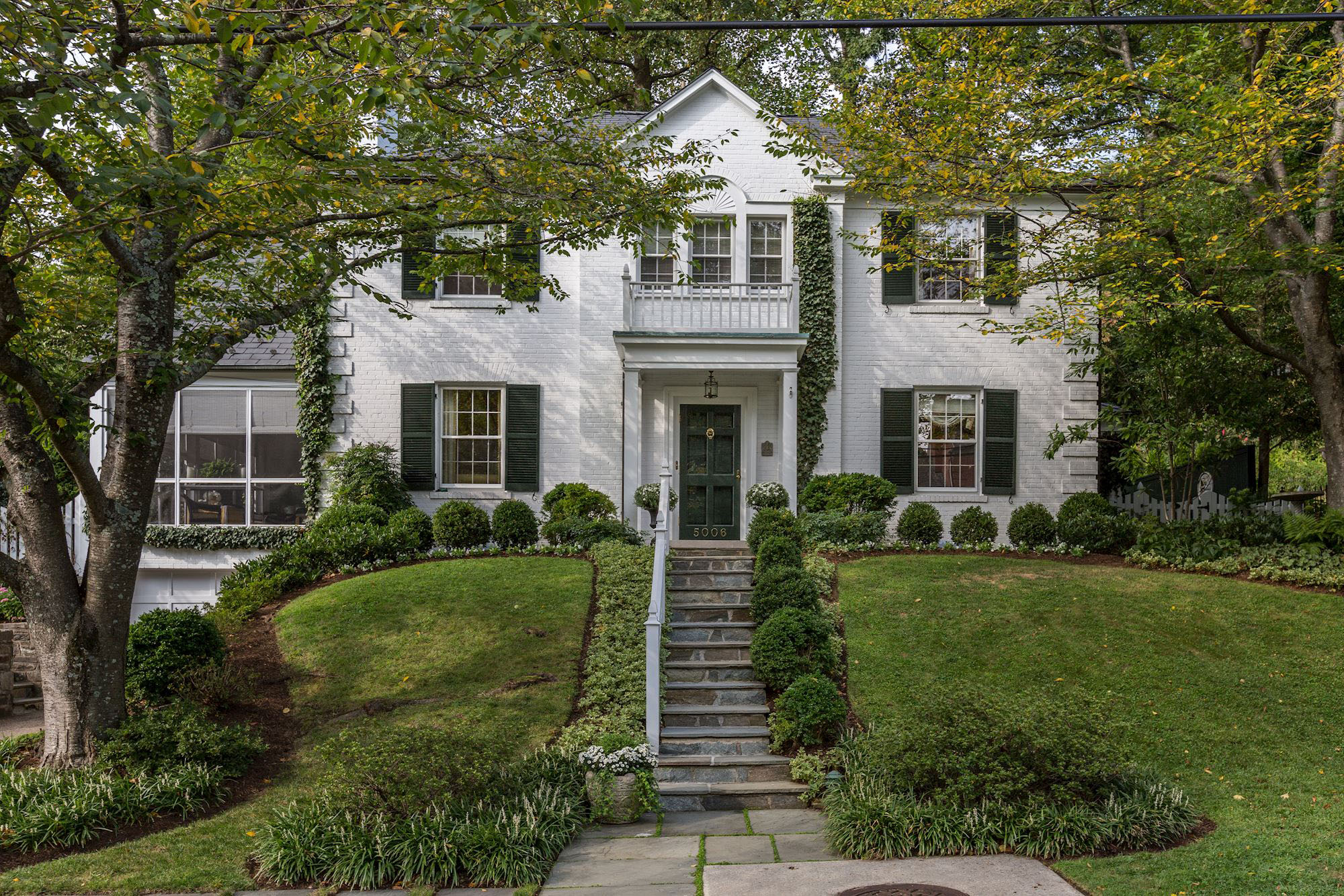
Bethesda | 20816
This slice of Bethesda has been the answer for a lot of folks who swore they’d never leave DC—then, during the last couple years, found themselves desperate for the kind of space and quiet that only the suburbs can offer. Its location—a straight shot up Massachusetts Avenue, within 20 minutes of downtown—has, according to agents, made it desirable for well-paid millennials still intent on spending much of their social lives in the city. “I just got a phone call from a young couple. They’re lawyers, but they’re working remotely,” explains RE/MAX’s Carolyn Sappenfield. Even without kids, their condo no longer feels big enough. “They said, ‘We never thought we’d be calling you so soon.’ ” Agent Matthew Maury of Stuart & Maury also attributes the area’s “raging forest fire” of a market to this subset of buyers: “It’s the burbs and the grass. And they can still get to the office when they need to.” The Zip code’s range of architectural styles is another draw. You’ll find midcentury-moderns, bungalows, and Colonials, among other styles. The area offers quick access to outdoor attractions, too. The Capital Crescent Trail cuts through it, and its western swath abuts the Potomac River and C&O Canal towpath—which explains the kayaks and standup paddleboards strapped atop luxury SUVs.
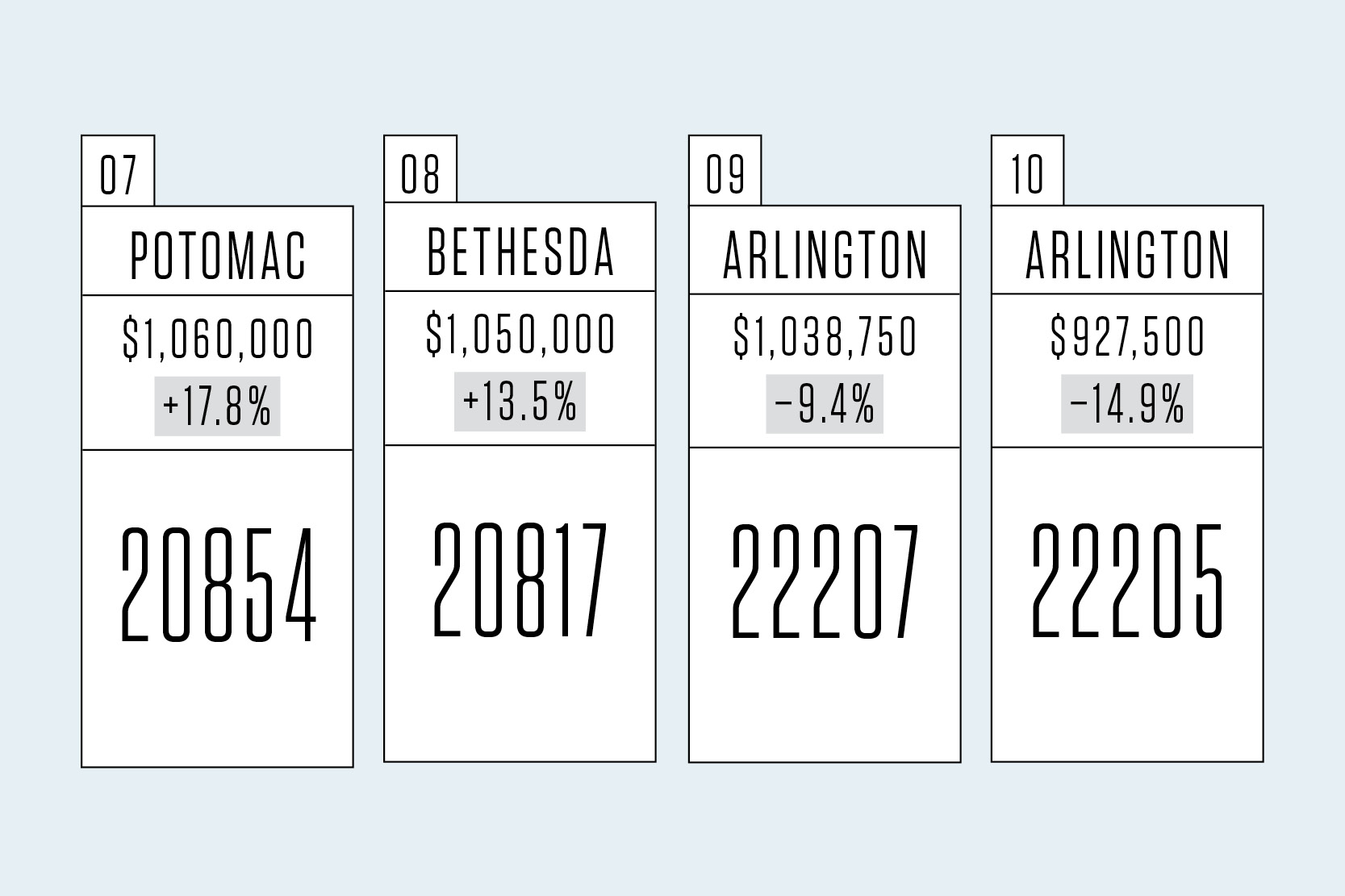
Figures reflect median home prices in the fourth quarter of 2021 and price growth compared with the first quarter of 2020 (when the pandemic began).
This article appears in the April 2022 issue of Washingtonian.

